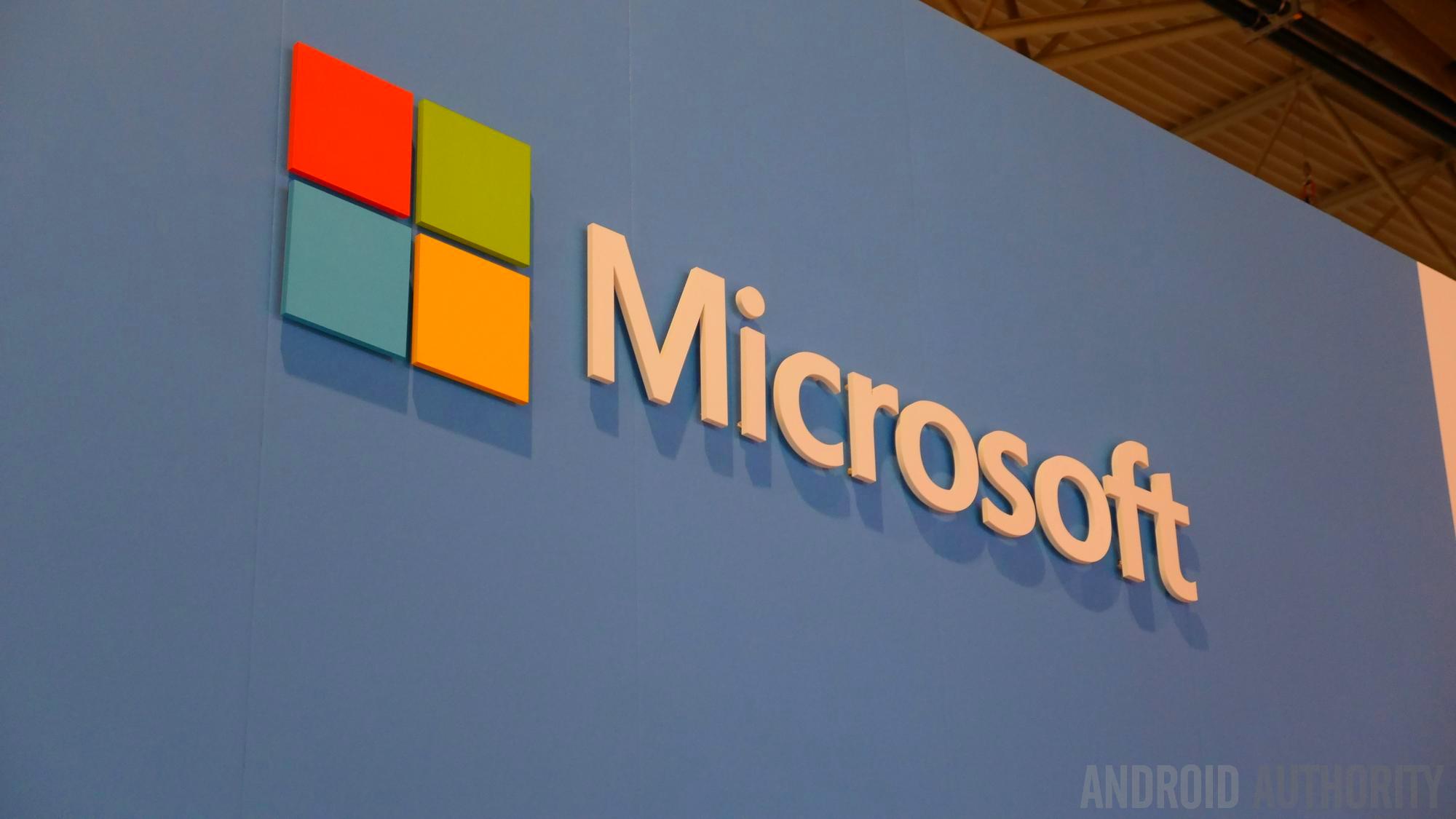Affiliate links on Android Authority may earn us a commission. Learn more.
Microsoft disses Android: 'Google ships a big pile of ... Code'
Published onMay 5, 2015

Recently Microsoft has been making plenty of curious but welcome changes, including focusing a bit more on apps and services for competing mobile platforms and even for devices like Android Wear. We’ve also seen Office come to Android, and Microsoft is even (sort of) embracing Android code for easy conversion over to Windows 10.
Gone are the days of Scroogled, right? Maybe not.
Microsoft: Google ships a big pile of... Code, with no commitment to update your device
During Microsoft’s Ignite conference in Chicago yesterday, Windows chief Terry Myerson managed to get a little jab in at Google, stating that “Google ships a big pile of… Code, with no commitment to update your device”. Furthermore, the exec said, “Google takes no responsibility to update customer devices and refuses to take responsibility to update their devices, leaving end users and businesses increasingly exposed every day they use an Android device.”
Obviously the statement was meant to knock down the obvious giant in the mobile space and to play up how Windows 10 will (supposedly) be different. But is there any truth to Myerson’s words?
Is Google taking enough responsibility for device updates?
Just last night, Google revealed the latest distribution numbers for Android, showing that just slightly under 10% of users are on Lollipop, Meanwhile, the majority still cling to KitKat, followed by older versions like Jelly Bean. The numbers speak for themselves. Google and its partners don’t necessarily do much to ensure that devices are rocking the latest versions of the Google OS. Of course, that doesn’t mean “Google takes no responsibility to update your device”.
In recent years we’ve seen Google and even a number of OEMs push their apps onto Google Play, allowing them to quickly update services and functions without having to rely on traditional OTAs for the job. With Lollipop, Google also introduced a developer preview and seemingly has handed the code over to OEMs much faster in the past, resulting in speedier Lollipop updates (from some OEMs at least…) compared to KitKat and earlier Android builds.
In recent years we’ve seen Google and even a number of OEMs push their apps onto Google Play, allowing them to quickly update services and functions without having to rely on traditional OTAs
Bottom-line, Google might not have it all figured out when it comes to ensuring that consumers have the latest updates, but they are making moves in the right direction. For what’s worth, Microsoft is in a similar position. With the debut of Windows Phone 8, Microsoft completely left its Windows Phone 7 users out in the cold by offering no upgrade path forward. Additionally, many devices have been slow to push out Windows Phone 8.1 due to carrier issues — such as the Verizon Nokia Lumia Icon, which took much longer than it should have to get the newest version.
Just as we saw with Scroogled and Microsoft’s insinuation that Google is spying on us and selling our data, this is a case of Microsoft pointing out a competitor’s “flaw” in order to hide the fact it has much of the same problem. The big question is whether or not Windows 10 will meaningfully speed up update cycles and security enhancements in a way that Android hasn’t. Only time will tell for sure.